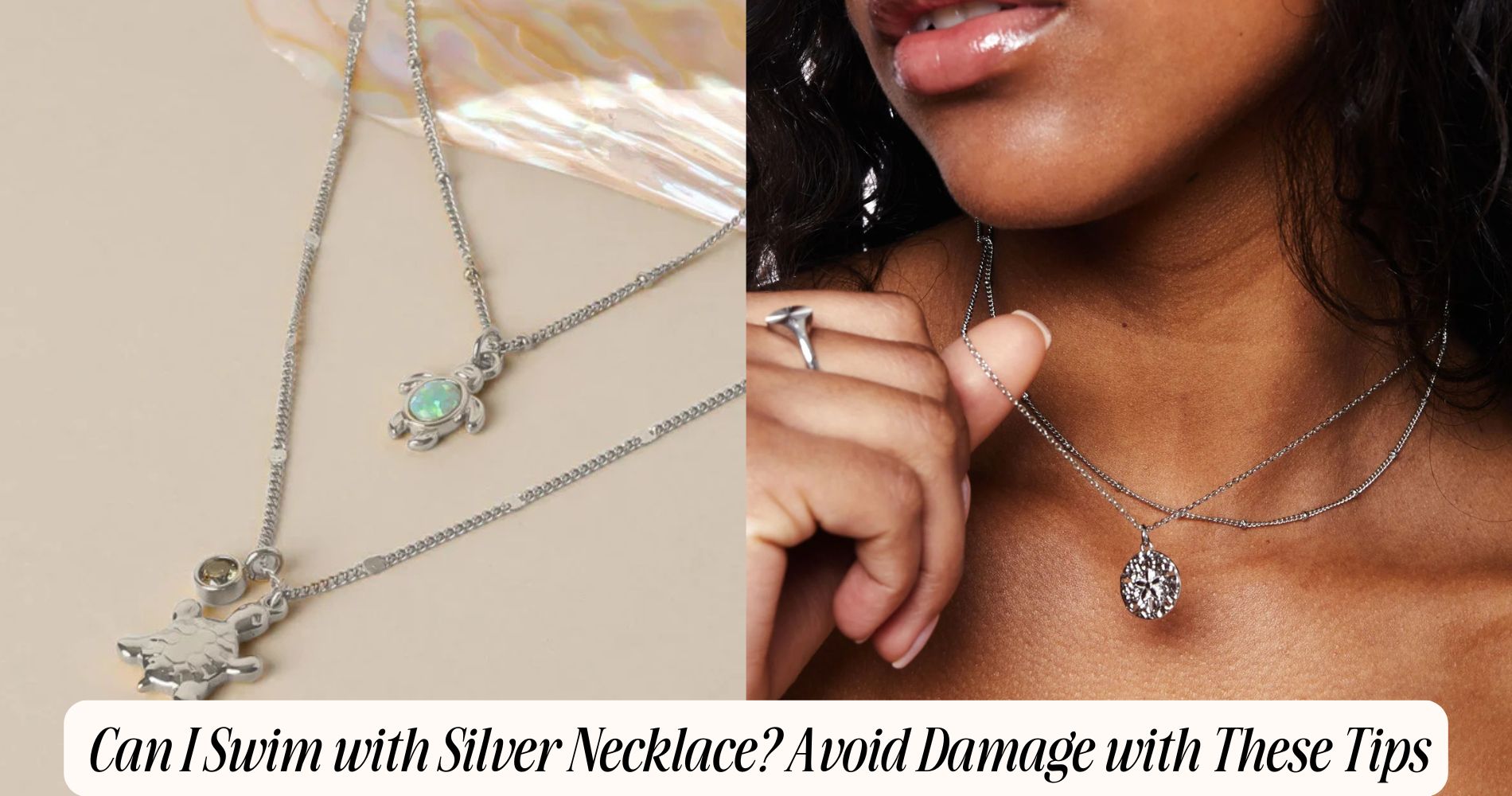
Can I Swim With Silver Necklace? Avoid Damage With These Tips
Can I swim with silver necklace? It’s a common question, especially for beach lovers and poolgoers. The truth is, you shouldn’t swim with your silver necklace—whether it’s in pools, saltwater, or even fresh water. Chlorine and salt can speed up tarnishing, cause discoloration, and gradually weaken clasps and links. Even the minerals in fresh water can corrode silver over time. To protect your jewelry, always remove it before swimming or apply a jewelry-safe lacquer. And if it does get wet, rinse and dry it immediately. These simple steps can help minimize damage and restore shine—especially for those who love pieces like our beach necklaces. Keep your silver looking flawless no matter where your adventures take you.
How Water Affects Silver Jewelry
Although silver is a popular choice for jewelry due to its luster and durability, exposure to water can accelerate tarnishing and corrosion. When water interacts with silver, especially sterling silver, it can strip away protective finishes and promote chemical reactions with sulfur compounds in the air or water. This results in a dull, dark layer known as tarnish.
Regular contact with water—whether from washing hands, showering, or sweating—can also lead to microscopic scratches, weakening the piece over time. To maintain the brilliance of your precious metals, you should remove your silver jewelry before it gets wet.
Adopting a proactive approach to jewelry maintenance, such as storing your jewelry in a dry environment and cleaning it routinely, will help preserve its shine and structural integrity.
Risks of Wearing Silver in Pools
When you swim in pools, the chlorine and other chemicals in the water quickly react with silver jewelry, causing it to tarnish much faster than it would in plain water. Chlorine is especially harsh on precious metals like silver, leading to discoloration, dullness, and even a rough surface texture.
If you wear your silver necklace in the pool, you risk permanent damage that can’t always be undone by simple cleaning or polishing. Over time, repeated exposure reduces your jewelry’s durability, making clasps and links more prone to breaking.
To protect your silver’s appearance and structural integrity, always remove it before entering a chlorinated pool. This preventative step ensures your precious metals remain beautiful and last for years without unnecessary wear or chemical harm.
Dangers of Saltwater for Silver Necklaces
If you swim in the ocean with your silver necklace, saltwater poses significant risks to its appearance and structure. Saltwater accelerates silver tarnishing by reacting with the metal’s surface, causing it to lose its shine and develop a dull, dark coating.
The sodium chloride in seawater is highly corrosive, breaking down the protective layer on your necklace and exposing it to further damage. Over time, saltwater can also weaken the links and clasps, increasing the risk of breakage.
For ideal jewelry maintenance, you should always remove your silver necklace before ocean swimming. Rinse your jewelry with fresh water immediately if accidental exposure occurs, then dry it thoroughly.
Regularly polish your silver using a soft cloth and store it in a dry, airtight container to prevent tarnish.
Freshwater Exposure: Is It Safe for Silver?
While saltwater clearly harms silver necklaces, you might wonder whether freshwater poses similar risks. Freshwater is less corrosive than saltwater, so your silver necklace won’t tarnish as rapidly. However, it’s not entirely safe. Chemicals found in pools, lakes, and even tap water—like chlorine and minerals—can accelerate tarnishing and dull your jewelry’s shine.
If you have silver allergies, water exposure can worsen skin irritation, especially if the necklace contains alloys like nickel.
After any exposure to freshwater, always dry your necklace thoroughly to prevent moisture buildup. Don’t store damp jewelry, as trapped water can promote tarnish and corrosion.
Prioritize proper jewelry storage by keeping your silver in a dry, airtight container with anti-tarnish strips. This simple routine preserves both appearance and longevity.
How to Protect Silver While Swimming
Although swimming with a silver necklace isn’t recommended, you can minimize damage by taking intentional precautions before entering the water.
First, apply a thin layer of clear, jewelry-safe lacquer to your necklace to create a protective barrier. Make sure your necklace is completely dry and clean before application to maintain proper silver maintenance.
If you must wear your necklace, keep swimming sessions short, and rinse off immediately afterward to limit exposure to chemicals and minerals.
Consider wearing a silicone cover or waterproof pouch designed for jewelry to shield the silver from direct contact with water.
When you're not swimming, prioritize proper jewelry storage—keep your necklace in an airtight container with anti-tarnish strips.
These preventative steps reduce the risk of tarnish and corrosion, ensuring your necklace lasts.
What to Do If Your Silver Necklace Gets Wet
Even brief contact with water can cause silver to tarnish or dull, so immediate action is crucial to preserve your necklace’s shine.
As soon as your silver necklace gets wet, gently pat it dry with a soft, lint-free cloth—avoid rubbing, as this can create scratches. Make sure you dry all crevices and chain links thoroughly to prevent moisture from lingering.
As part of proper silver care, never let your necklace air dry, since water spots or tarnish can develop quickly.
Once completely dry, store your necklace in a cool, dry place, ideally in an anti-tarnish pouch or a lined jewelry box. Good jewelry storage habits prevent humidity and air exposure, both of which accelerate tarnishing and dullness.
Prompt attention extends your necklace’s life.
Cleaning and Restoring Tarnished Silver
If you notice your silver necklace developing tarnish or losing its luster, prompt cleaning will help restore its original shine and prevent further damage.
Start by gently wiping the necklace with a soft, lint-free cloth to remove surface oils and dirt.
For stubborn tarnish, use a high-quality silver polish specifically formulated for jewelry.
Apply the polish with a soft cloth, following the manufacturer’s instructions, and gently rub the affected areas.
Rinse thoroughly with lukewarm water and dry with a clean, soft towel.
For intricate designs, consider a soft-bristled brush for precise tarnish removal.
Always store your necklace in a dry, airtight container to minimize future tarnish.
Regular cleaning and proper storage will keep your silver jewelry brilliant and ready to wear.
Alternative Jewelry Options for Swimmers
Wondering what jewelry you can safely wear while swimming? Skip the silver necklace and explore alternative materials that withstand water exposure. Silicone, stainless steel, and titanium are excellent choices—these materials resist corrosion and tarnishing, even in chlorinated pools or saltwater.
Look for jewelry specifically designed for active lifestyles; many brands now offer waterproof pieces that align with current fashion trends. If you want a pop of color, silicone bands or plastic beads are stylish and durable options.
Avoid plated metals and traditional costume jewelry, as they can degrade quickly in water. Always check clasps and closures for security, so you won’t lose your jewelry in the pool.
Frequently Asked Questions
Can Swimming With Silver Jewelry Cause Skin Irritation or Allergies?
You might experience skin irritation or allergic reactions if you swim with silver jewelry, especially if it contains nickel or other alloys. Chlorine and saltwater can worsen these issues, so always check your jewelry’s composition and monitor your skin.
Will Silver Necklaces Attract Fish or Marine Animals While Swimming?
You don't need to worry about significant fish attraction or drawing marine life when wearing a silver necklace while swimming. Silver doesn’t emit signals or scents that attract marine life, but always avoid flashy movements to prevent unwanted attention.
Is It Safe to Wear Silver-Plated Jewelry While Swimming?
You shouldn’t wear silver-plated jewelry while swimming because chlorine and saltwater accelerate silver tarnish. For proper jewelry maintenance, always remove your pieces before entering water to prevent damage, discoloration, and loss of the plating.
How Does Temperature Affect Silver Jewelry During Swimming?
When you swim, temperature changes impact silver jewelry due to its high thermal conductivity, potentially accelerating the oxidation process. To prevent tarnishing or structural stress, you should avoid exposing your silver necklace to sudden temperature shifts in water.
Can Wearing Silver Necklaces Affect Swimming Performance or Speed?
Wearing silver necklaces while swimming can slightly hinder your speed due to drag and discomfort. Additionally, exposure to water accelerates metal corrosion and jewelry tarnishing, so it's best to remove silver pieces for peak performance and preservation.
Conclusion
Swimming with your silver necklace isn’t ideal, but with careful steps, you can avoid damage. Always remove your necklace before entering pools, the ocean, or even lakes to prevent tarnish and corrosion. If it does get wet, dry and clean it right away to minimize harm. Regular maintenance keeps your jewelry looking its best. Consider switching to waterproof alternatives while swimming to guarantee your silver pieces remain brilliant and long-lasting for years to come.







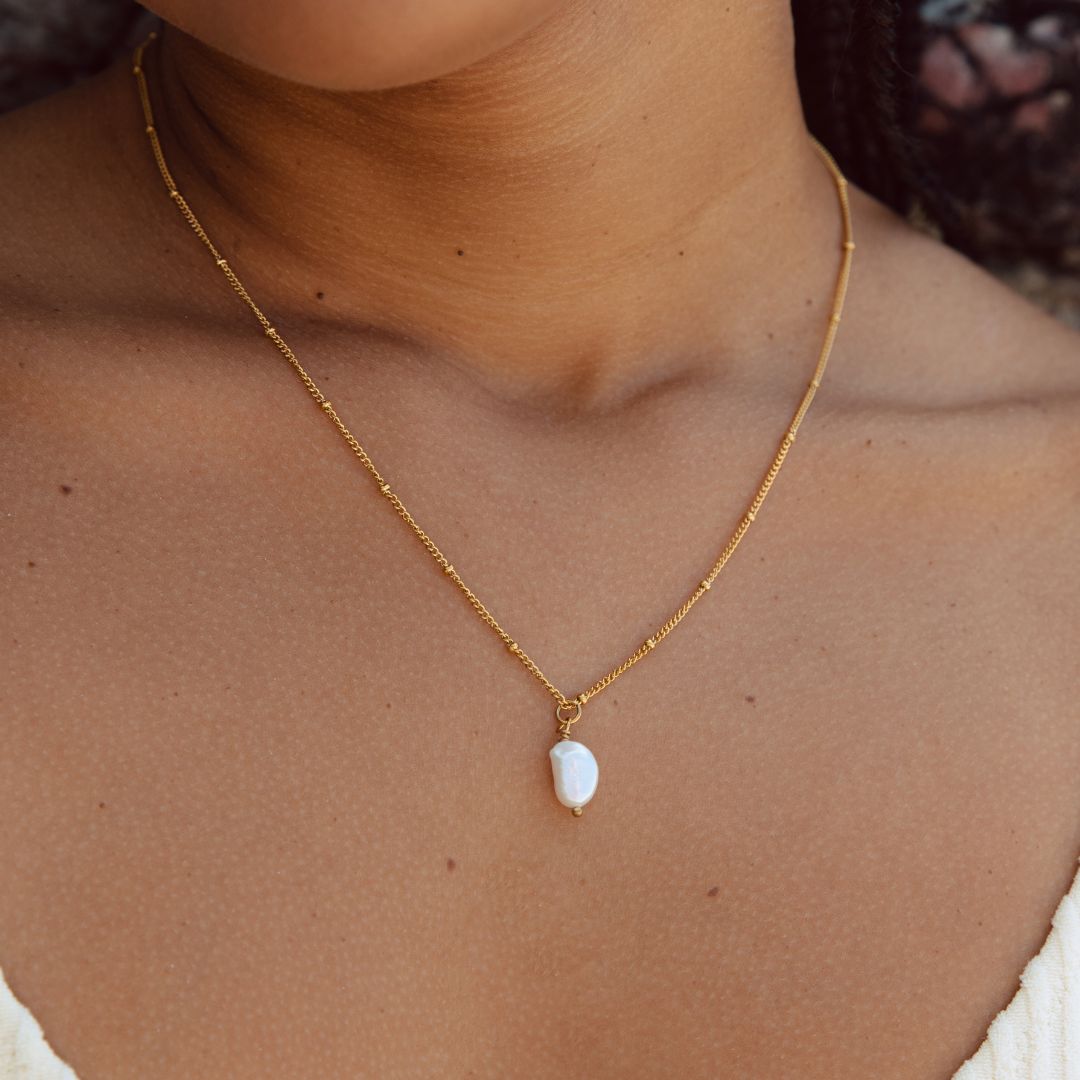

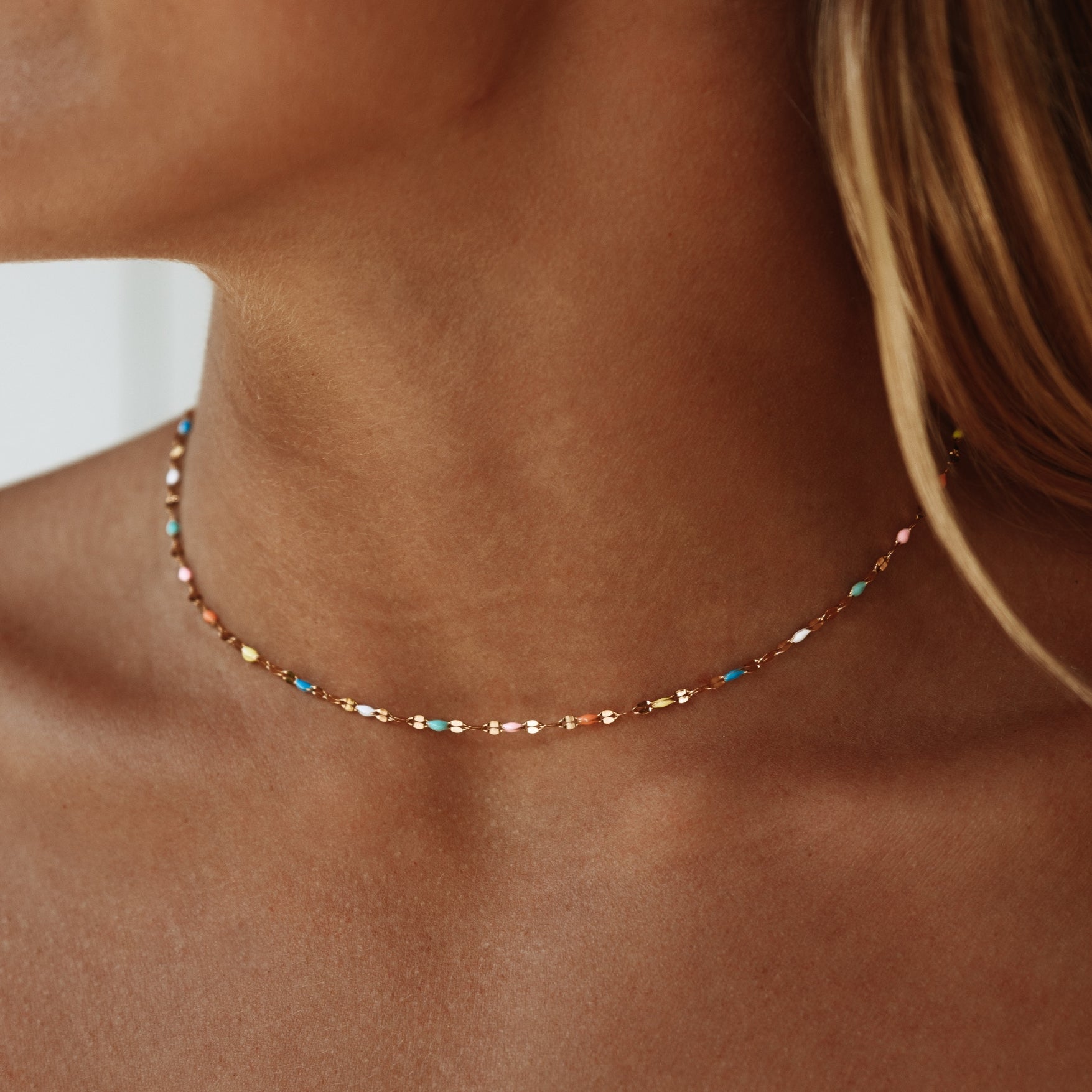


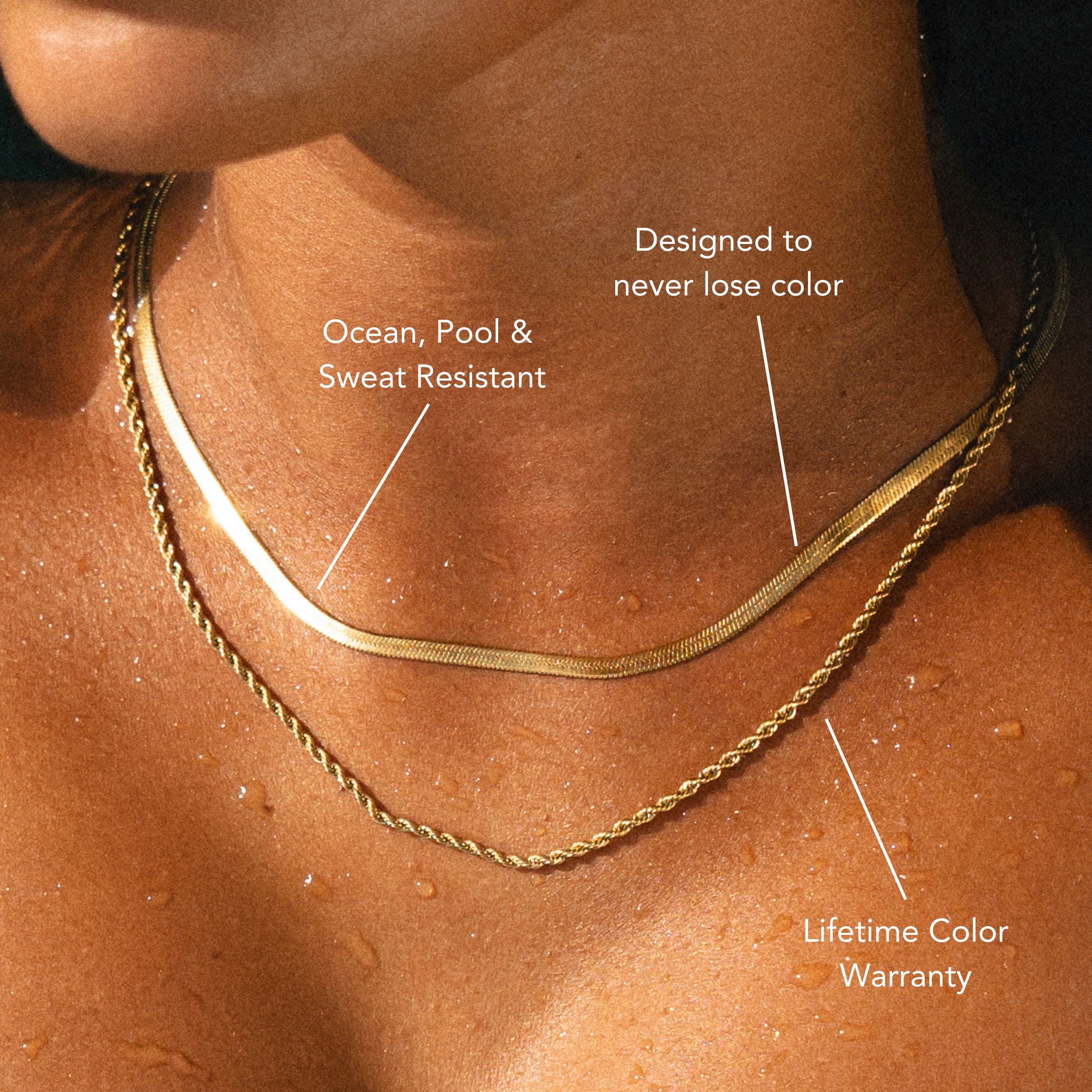
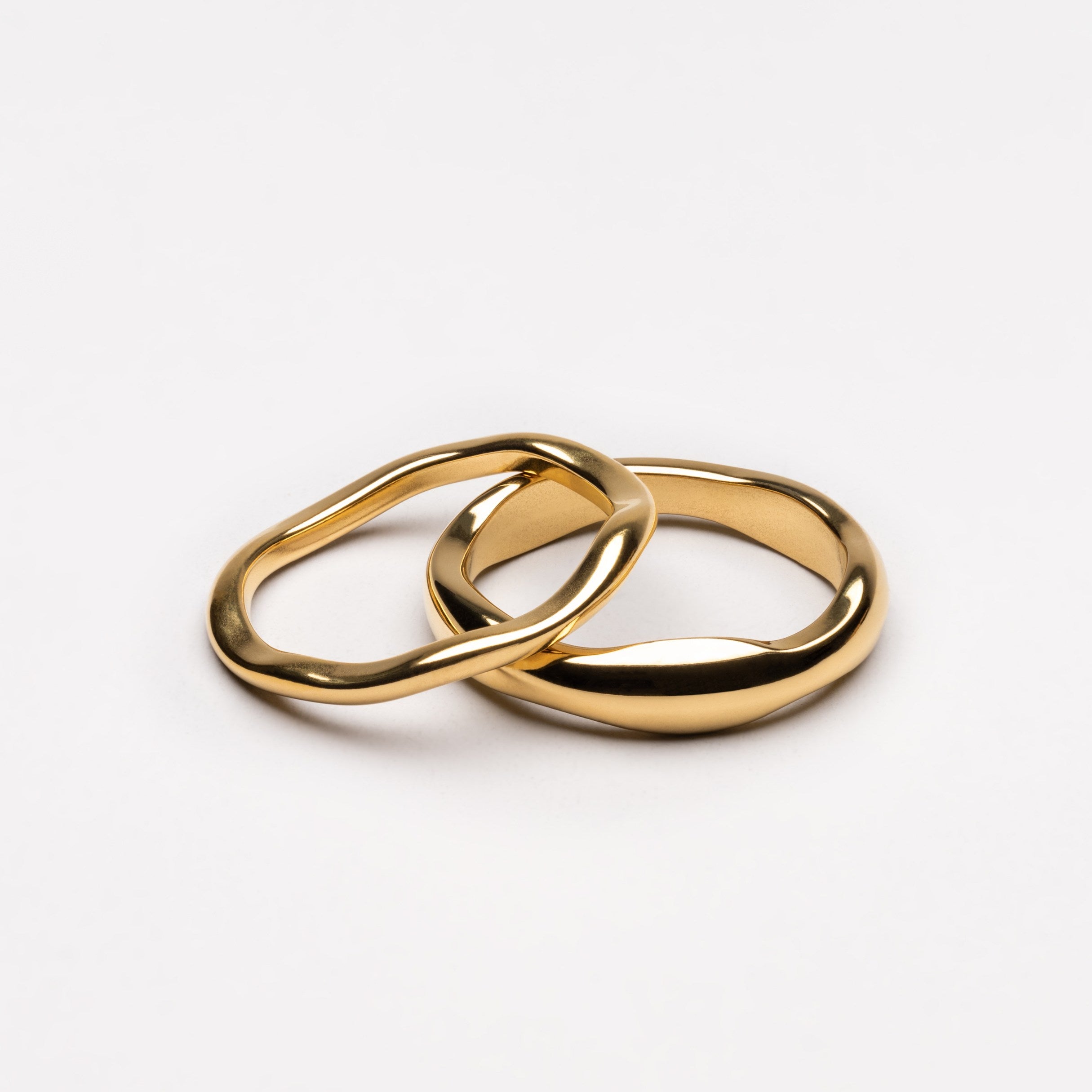


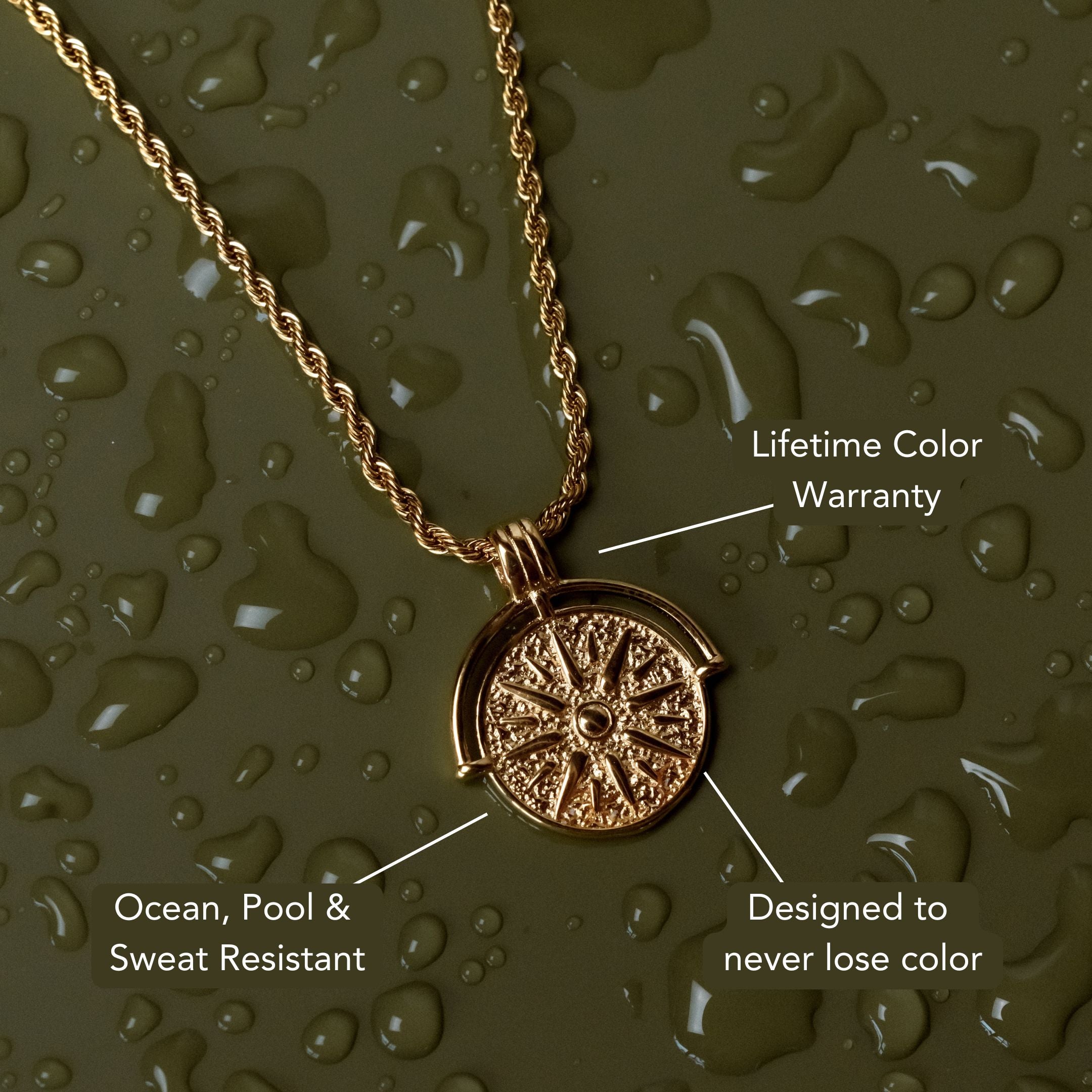
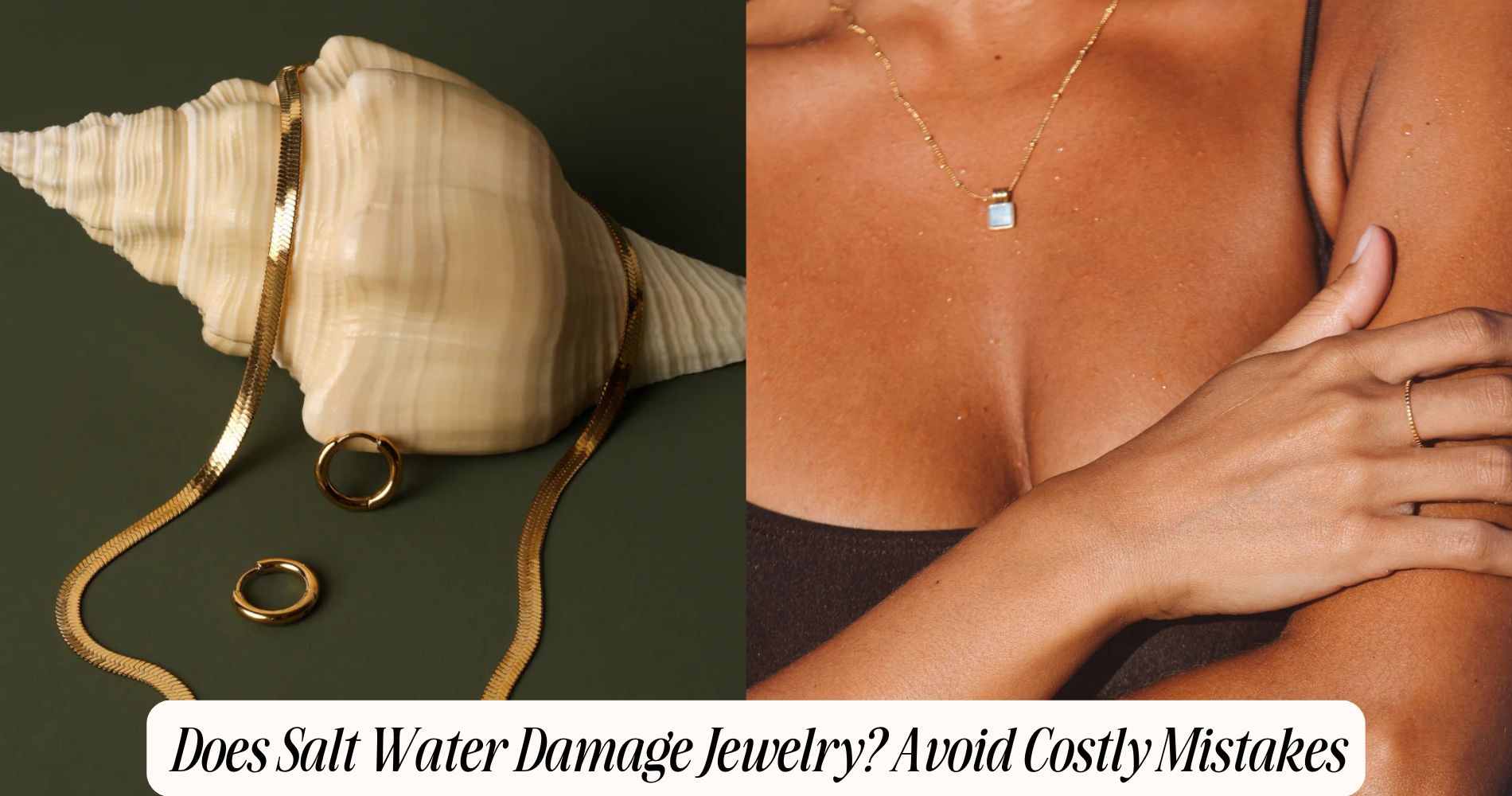





コメントを書く
このサイトはhCaptchaによって保護されており、hCaptchaプライバシーポリシーおよび利用規約が適用されます。